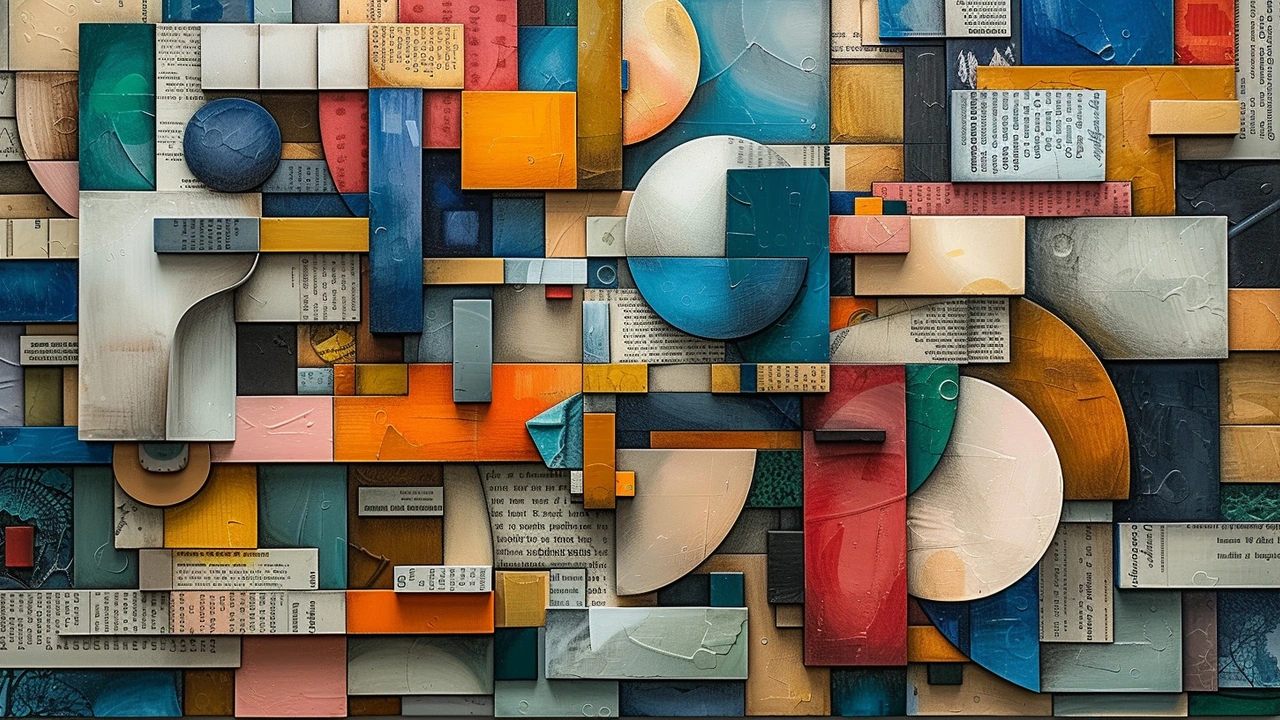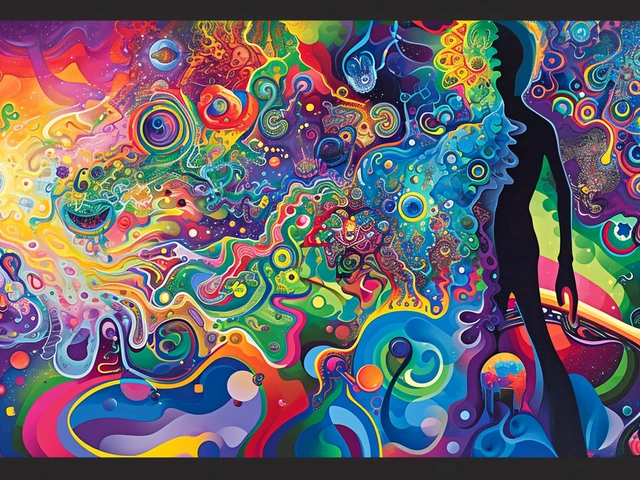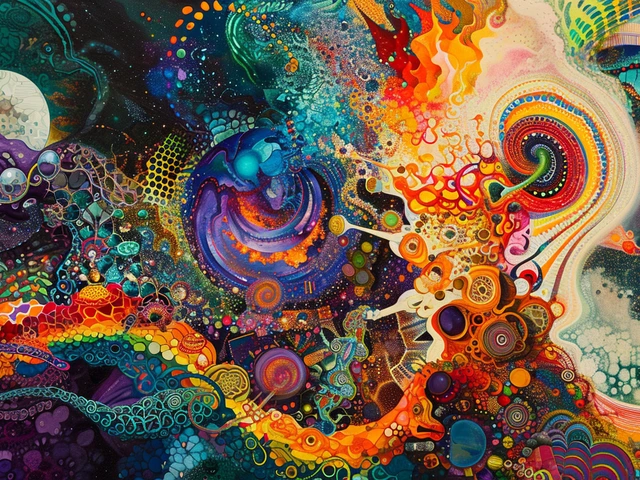Introduction to the Cubist Revolution
Now, as a big fan of art, there's one particular genre that always seems to cause a bit of a stir when I mention it to folks, and that my friends, is Cubism. Our society has an undying fascination for anything that defies convention. Everything from our political system to our technological advancements is a testament to our relentless pursuit of the 'new' and the 'unorthodox'. But for a second, let's talk about a revolution that doesn't require you to hit the streets or bust out your engineering degree. It's a revolution that started on the canvas of around the turn of the 20th century's artists, a revolution called Cubism.
The Cornerstones of Cubism
So, have you ever pondered what a square orange would look like? How about a triangular banana? It sounds ridiculous, I know. But out there, somewhere in the universe of cellulose pulp and pigment, these shapes exist as the building blocks of Cubism. This seemingly absurd idea came from the mind of none other than Pablo Picasso and Georges Braque, jointly credited as the fathers of Cubism. Now, I'm not saying they were sat there with a set square and triangle in hand as they painted. It goes a little deeper than that. Picasso and Braque wanted to redefine how objects are perceived and presented. You could call it a 'multi-dimensional' perspective, a radical shift from traditional painting styles. Instead of showing objects from a single viewpoint, they fragmented them, presenting multiple views at once. Imagine walking around an object, capturing every angle, and then mashing all those perspectives together. That, folks, is Cubism.
Cubist Impact on Modern Art
If we trace back the history of modern art, we will find that Cubism is its Big Bang. The impact was so massive that it birthed an entire movement, the echoes of which can be felt across various art forms, from painting and sculpture to architecture and design. I recall a time when I was leafing through a furniture catalogue and noticed a very peculiar table. It was full of sharp, disjointed angles and odd perspectives. It was, in essence, a Cubist table. Who would've thought that Cubism could infiltrate the world of furniture design?! And this isn't just a wild stab in the dark. The deconstruction and reconfiguration of items in a Cubist style has its roots in the purpose of Cubist art - to challenge our perceptions and encourage us to see the world in a new way.
Exploring Key Cubist Artworks
Now, what's an art discussion without a bit of show and tell? I'm going to take you through a couple of my favourite Cubist pieces. The first is Picasso's 'Les Demoiselles d'Avignon'. If you ever have a chance to see this monumental piece for yourself, do it. The disjointed perspectives of the female figures are something to behold. It's like Picasso is offering us a 360-degree view of each woman, all at the same time.
The other artwork on this mini-tour is Braque's 'Violin and Candlestick'. At first glance, the piece seems a jumble of shapes and objects, but when you take a moment to let your eyes explore the canvas, the violin and candlestick emerge almost magically. This piece serves as a testament to how Cubism was far more about suggestion than blind representation.
After exploring Cubism in this expansive manner, I find it hard to leave you without a piece of advice, bestowed upon me by an old art teacher of mine. Simply put, ‘don’t stick to looking at things in the traditional way you’re used to.' Just like Cubism, life deserves to be viewed from different perspectives. So go on, don your metaphorical Picasso beret, and see the world anew.



